Kawasaki is a well-respected brand in the world of off-road vehicles, known for their durable and reliable machines. However, even the most trusted brands can encounter issues with their products, and one common problem that Kawasaki Mule owners have reported is with the diesel engine.
This powerful and efficient engine is a popular choice for those looking for a sturdy workhorse. Still, it has been plagued by various problems that can cause frustration and inconvenience for users.
We will take an in-depth look at the Kawasaki Mule diesel engine problems, discussing the common issues that have been reported, their possible causes, and potential solutions. So, let’s dive into the world of Kawasaki Mule diesel engines and explore the challenges faced by its users.
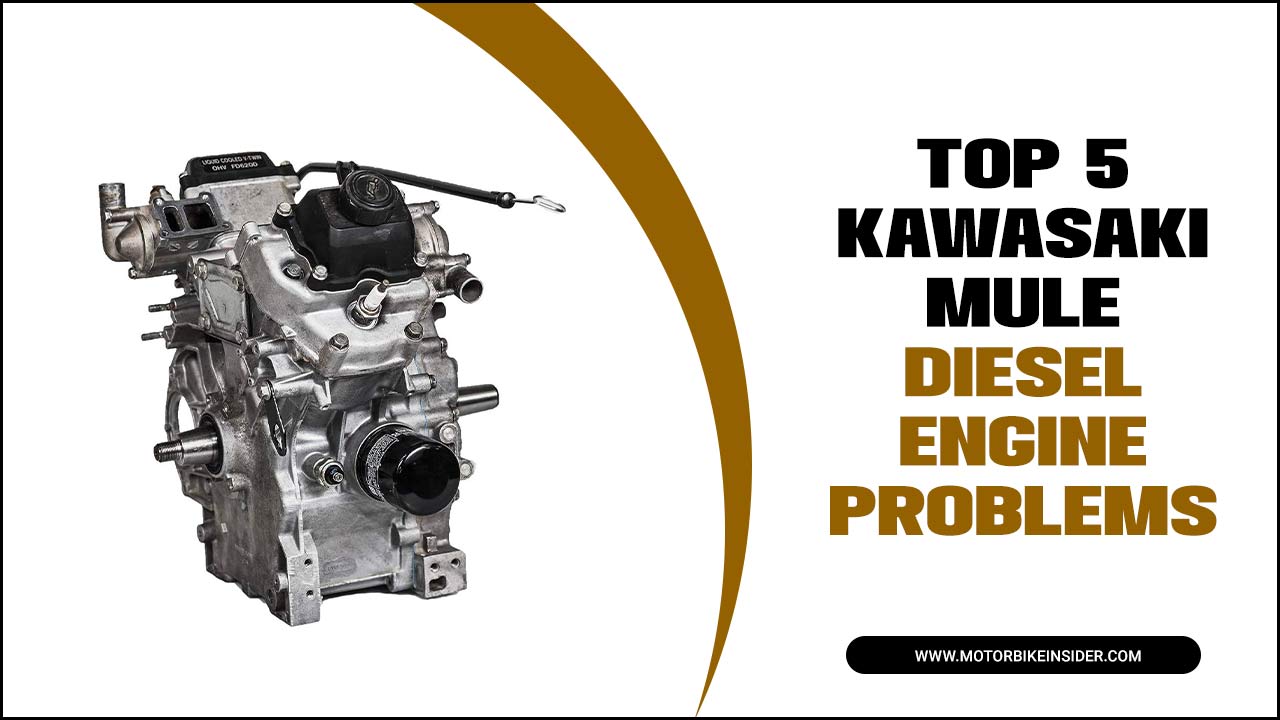
Kawasaki Mule Diesel Engine Problems- Top 5 Enlisted

Did you purchase a Kawasaki Mule Pro or a standard variation of it? That’s an exceptional investment for its versatility. However, over time, you may encounter some issues with its diesel engines. These problems are commonly observed in diesel engine-powered Kawasaki utility vehicles.
To address these concerns, we recommend referring to the service manual provided by Kawasaki. This manual contains detailed information on troubleshooting power issues, maintaining the combustion chamber, ensuring proper tire size, and seeking assistance from authorized third-party service providers if necessary.
Losses Power Relatively Fast
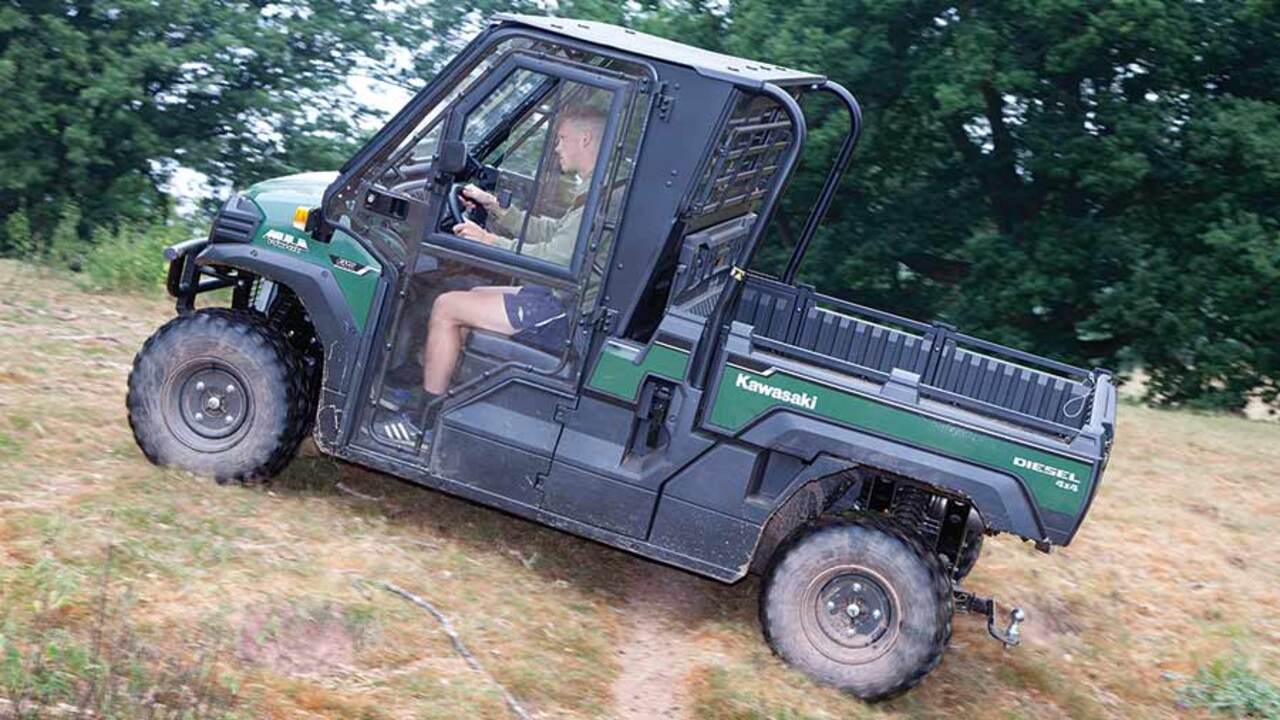
Understandably, diesel engines will lose their power over some time. When you ride the vehicle for many years, engine parts become loose, losing efficiency. So, gradually, the engine fails to generate the power it used to do in the beginning days.
The problem with the Kawasaki diesel engine is it loses power relatively too fast. In fact, we have seen users complaining about the engine being inactive and unusable in less than 400 hours. When you have ridden the Mule for more than 500 hours, the power loss becomes so significant that it can hardly move the vehicle.
Reasons for power loss:
- Fuel and air filters get blocked over time. It reduces the performance of the engine.
- The fuel line can become problematic. The engine will fail to receive the required fuel and power if it gets blocked.
The solution to engine power loss:
You must maintain the Kawasaki diesel engine properly and timely. The key is to clean the fuel and air filter timely. It prevents filter blockage and proper filtering of the fuel. So the engine will work better. Also, check the fuel line connection.
Sometimes, the line becomes loose and might have leaks. You need to reconnect the fuel line accurately and fix minor leaks to improve the engine performance. If nothing works, you must replace the engine. On average, the price of the Kawasaki Mule diesel engine is $400 to $800.
Inadequate Power And Speed
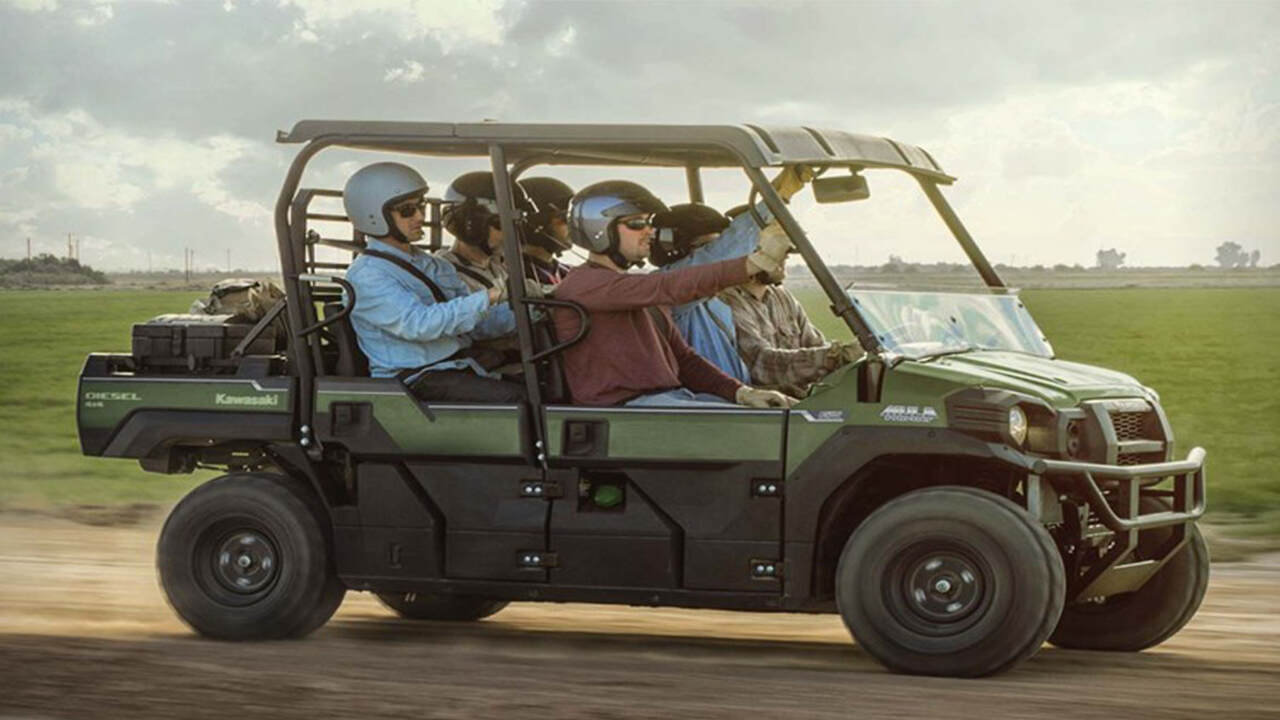
The latest Kawasaki diesel engines are equipped with 993cc power. Its 2400RPM will generate 38 lb-ft torques. So, it is an incredible facility for utility vehicles. Also, the engine can power the vehicle up to 30MPH at top speed. In the naked eye, this speed appears quite valuable and adequate.
Nonetheless, looking at Kawasaki’s gas engines, you will feel the main problem. Kawasaki Mule gasoline engines have a top speed of 46MPH. So, diesel engines have only 2/3rd of the power of a gasoline engine. It limits your productivity and fuel efficiency in real-life applications.
Moreover, its medium-range RPM isn’t suitable for riding the UTV in hilly regions. You can ride it through stiffer paths. Considering Kawasaki’s previous record, it’s a downgrade in engine performance.
Solution:
Unfortunately, increasing the vehicle’s speed can only solve this problem. Some suggest delimiting the ECU. You can remove the sensor that limits the Mule and Mule Pro’s speed. It is a highly technical job and requires a careful approach. You may watch several YouTube videos to learn how to remove the speed limit sensor from ECU.
As you remove the speed limiting source, be aware that it can hurt the engine. Also, it reduces your safety while riding rugged terrains.
Problematic Fuel Pump

When you purchase a Kawasaki Mule with a diesel engine, you expect it to perform consistently. It implies that the engine will be consistent in performance without any malfunctions. Unfortunately, it doesn’t happen with diesel engines.
Many users have reported that the engine’s fuel pump fails after a couple of months. It is frustrating since fuel pump failure is the least expected problem for the engines.
Reasons for fuel pump failure:
- Mainly, a dirty fuel injector and the filter will cause the pump to fail. As residues develop on the filter, it fails to receive 100% clean oil. So, its performance is reduced.
- Inadequate maintenance of the fuel pump might be the cause, too. When you don’t check the diesel engine fuel pump, its connection may become loose. As it happens, the pump can relay the oil to the engine.
Solution:
To address any engine problems, cleaning the residues from the fuel and air filter is essential. Additionally, using high-grade diesel specifically for the Kawasaki Mule 2510 engine is crucial. We recommend using premium-grade diesel for optimal performance.
The Mule 2510 Diesel engine will have quicker starting capabilities and improved fuel efficiency by utilising premium diesel with high cetene numbers. Don’t forget to regularly check the engine oil level and use engine braking when necessary. Keep your Mule Trans Diesel in top condition.
Issues With The Throttle Body And Engine Heat
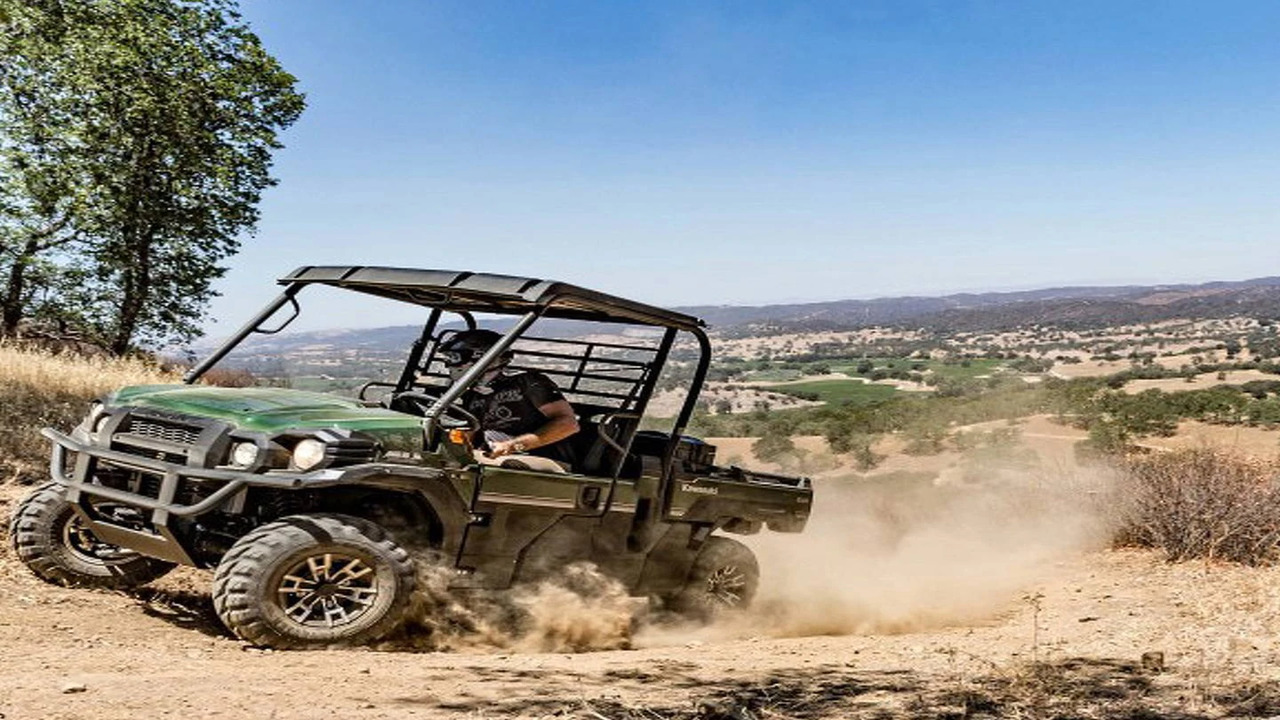
Another common problem with Kawasaki Mule diesel engines is engine throttling. The engine suddenly comes to a standstill and refuses to start again. The diesel engine also faces overheating issues, and many users have reported it.
Regarding Diesel Mule overheating problem, the coolant of the diesel engine rises to 220 to 240 degrees. Yet, the overheating light will turn on time. Once the rider installs a temperature gauge, the problem will come to light. Later, many Mule Pro users reported a similar issue.
Reasons for engine throttling and overheating:
- Most notably, the ECU sensor for the engine is damaged. So, it fails to start the engine. Also, the temperature sensor needs to be fixed.
- The air intake hose is leaky or clogged due to gradual residual development. Residues go inside the fuel and air intake tank and block the air circulation.
Solution:
You need to replace the sensor since it isn’t repairable. The entire sensor might cost you $30 to $50, which is cheap. So, you don’t need to invest heavily in sensor replacement.
- The pressure sensor for fuel injection will help you solve the fuel injector issues. You must also clean the injector in a timely to prevent residual development.
- The OEM sensor for Kawasaki Mule will also solve the throttling problem. You can access the sensor by removing the hood and on the side of the engine.
Since a clogged or damaged air intake hose also causes the problem, you may need to replace it. Also, rerouting the CCV hose will troubleshoot the problem largely.
Loose Harness Pin And Non-Durable Gasket
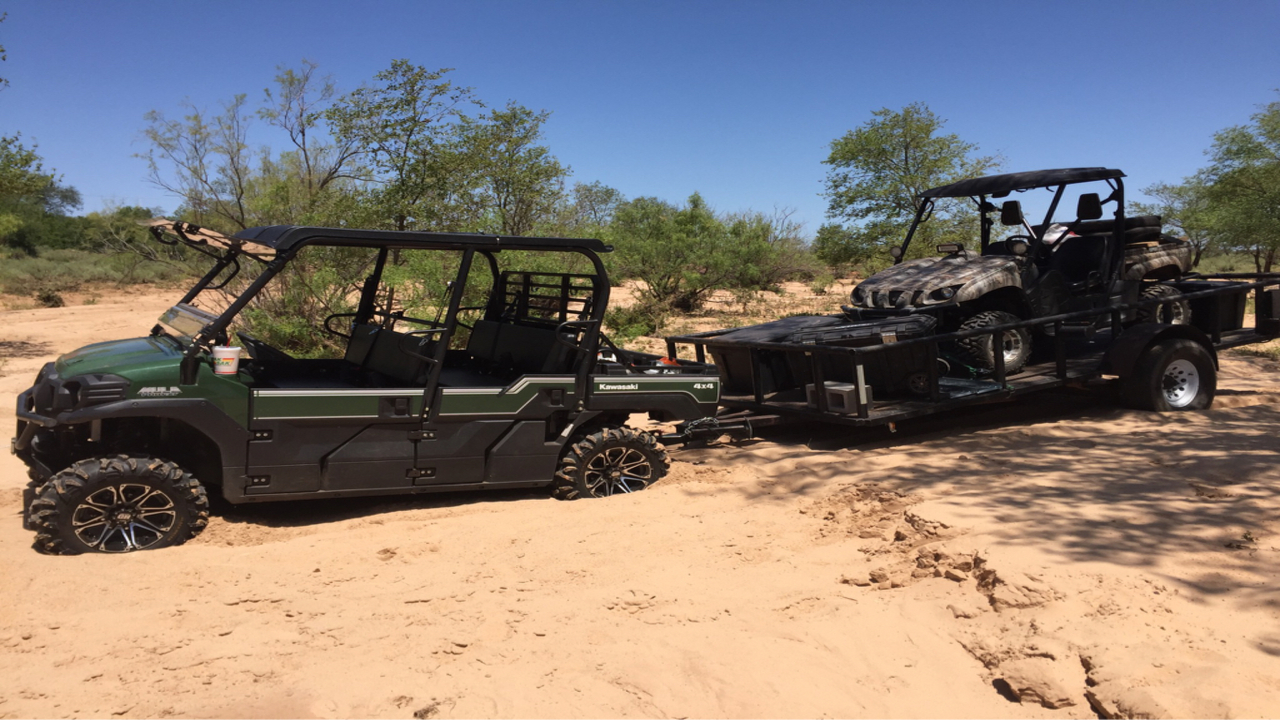
The gas tank of the diesel engine is prone to issues. The bad fuel quality often leads to clogging and damage within a few months of use. Additionally, it necessitates frequent replacement. Another headache for the diesel engine is the loose harness pin.
Unfortunately, the harness, which connects the main connector with the engine, is prone to becoming loose right from the factory. To address these problems, using a fuel conditioner can help improve the fuel quality and prevent damage to the engine. Hence, you are required to solve these issues by adapting different techniques.
Solution:
You can temporarily fix the loose harness pin with the screwdriver. You need to access the connector by removing the hood from the engine. Also, look for the female harness that has the pin. If the loose pin problem persists, you must replace it. It can cost you $200 to $500.
And for the gasket, you must replace it whenever you see foamy development on the oil cap. It will be a routine replacement task for Kawasaki diesel engines.
Kawasaki Mule Diesel Vs. Gas Engines: Which Is Better
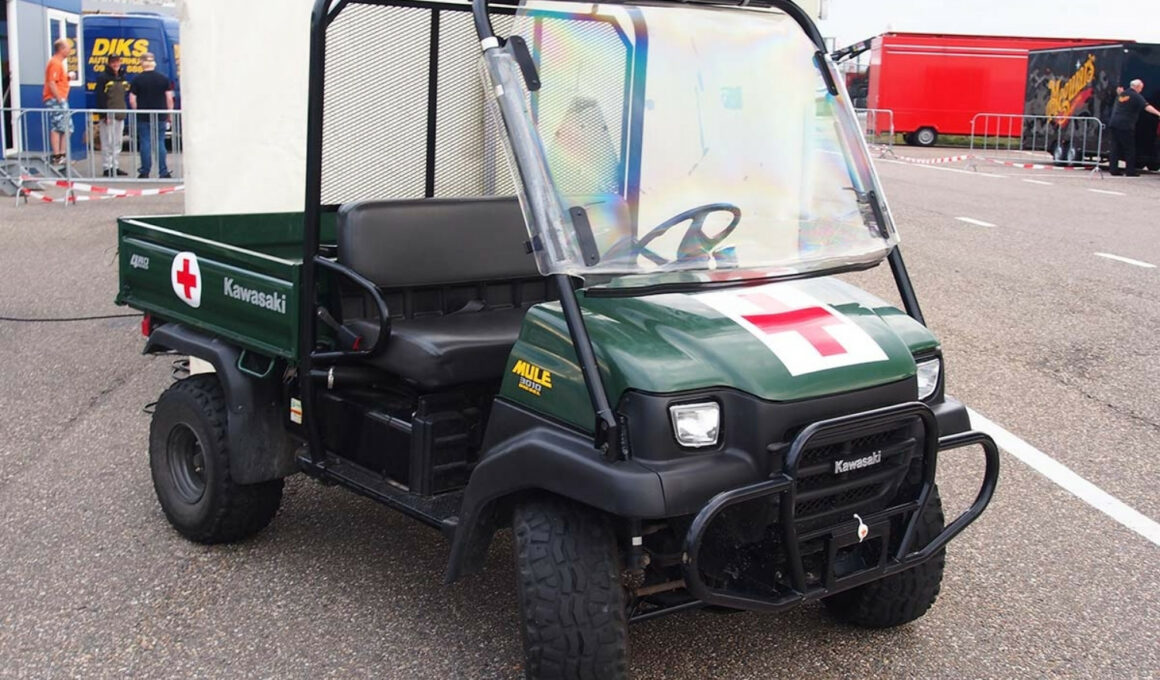
You see, Kawasaki Mule’s diesel engine problems are pretty severe. So, it would be best if you considered its worthiness. Regarding this, the Kawasaki gasoline engine can be a good competitor. It provides you with 46MPH of top speed. So, it is ideal for use in large landscapes and farms. Also, the diesel version of the Kawasaki Mule engine is overwhelmingly underpowered.
Hence, most users suggest choosing the gasoline version. Multiple users on the “Kawie Riders” commented on the Mule Pro diesel and gas engine topic. Almost everyone unanimously agreed that the gas engine is highly preferable. The only reason to choose the diesel engine is its fuel availability. You can get premium diesel from the nearby fuel pumps quickly.
Signs And Symptoms Of Diesel Engine Issues In Kawasaki Mule
If you own a Kawasaki Mule with a diesel engine, it’s important to be aware of the signs and symptoms of potential engine problems. Suppose you experience any of these symptoms with your Kawasaki Mule’s diesel engine.
In that case, it is recommended to have it inspected and repaired by a qualified mechanic to prevent further damage and ensure optimal performance. Some common issues that can arise with the diesel engine in a Kawasaki Mule include:
- Difficulty starting
- Loss of power
- Excessive smoke
- Overheating
- Unusual noises
Also, regular maintenance and promptly addressing any issues can help prolong the life of your vehicle’s engine.
Regular Maintenance Tips To Prevent Diesel Engine Problems In Kawasaki Mule
Regular maintenance is key to preventing diesel engine problems in your Kawasaki Mule. Following these maintenance tips below, you can help prevent common diesel engine problems in your Kawasaki Mule and ensure optimal performance for years to come. Here are some tips to keep your engine running smoothly:
- Change the oil and oil filter regularly.
- Keep the fuel clean and free from contaminants.
- Replace the fuel filter at recommended intervals.
- Check and clean the air filter regularly.
- Monitor coolant levels and ensure proper cooling system function.
- Inspect and replace worn or damaged belts and hoses.
- Keep an eye on battery health and connections.
- Regularly inspect and clean the exhaust system.
- Follow manufacturer guidelines for scheduled maintenance tasks.
When To Seek Professional Help For Diesel Engine Repairs In Kawasaki Mule

If you are experiencing any of the following issues with your Kawasaki Mule diesel engine, it may be time to seek professional help for repairs. One common problem is a clogged fuel filter, which can cause the engine to run poorly or not start at all.
Another issue could be a faulty fuel tank, which may need to be repaired or replaced. Adding a fuel additive regularly can help prevent these problems from occurring. An engine rebuild may sometimes be necessary if there are major internal issues.
It is important to consult with a qualified Motorcycle Technology or bike builder who has experience working with Kawasaki Mules and diesel engines. They will have the knowledge and expertise to diagnose and fix any problems you may be experiencing, ensuring that your Kawasaki Mule is running smoothly and efficiently.
Conclusion
The Kawasaki Mule diesel engine problems is a reliable and powerful machine, but like any mechanical system, it can experience problems. Here, we have explored the top 5 common issues owners may encounter with their Kawasaki Mule Diesel Engine with answers.
From air bubbles in the actual fuel system to excessive wear on clutch sheaves, drive clutch problems can affect the performance and longevity of your vehicle. However, it’s important to note that not all engine issues are created equal, and some may require the expertise of qualified professionals to diagnose and repair.
By staying proactive with regular maintenance, monitoring oil levels, and addressing fuel pump body issues promptly, you can minimize the impact of these problems for prolonged usage of your Kawasaki Mule Diesel Engine.
FAQ’s
What Are The Common Problems With Kawasaki Mule?
Some common problems with Kawasaki Mule include issues with the gears, such as difficulty shifting or grinding noises. Additionally, problems related to the size of the vehicle, such as limited cargo space, and situational issues like getting stuck in muddy or rough terrain, may also arise.
Who Makes The Diesel Engine For The Kawasaki Mule?
The diesel engines used in Kawasaki Mule vehicles are typically manufactured by either Kawasaki Heavy Industries or Yanmar. These engines are designed to provide reliable power and control for the Mule’s control speed burst and overall performance.
Is It A Kawasaki Mule Gas Or Diesel?
The Kawasaki Mule is available in both gas and diesel models. Regarding the brake system, it typically uses hydraulic brake pads to create friction and slow down the vehicle. Brake wires may be present in the electrical system for brake lights or other related functions.
What Kind Of Engine Is In A Kawasaki Mule?
The Kawasaki Mule typically comes with a four-stroke, liquid-cooled, single-cylinder engine. The exact specifications of the engine can vary depending on the specific model and year of the Mule.
Who Builds Kawasaki Engines?
Kawasaki engines are built by Kawasaki Motors Manufacturing Corp., U.S.A., in Maryville, Missouri. They have been producing engines for over 50 years and supply engines for various applications, including lawnmowers, power equipment, and recreational vehicles.
